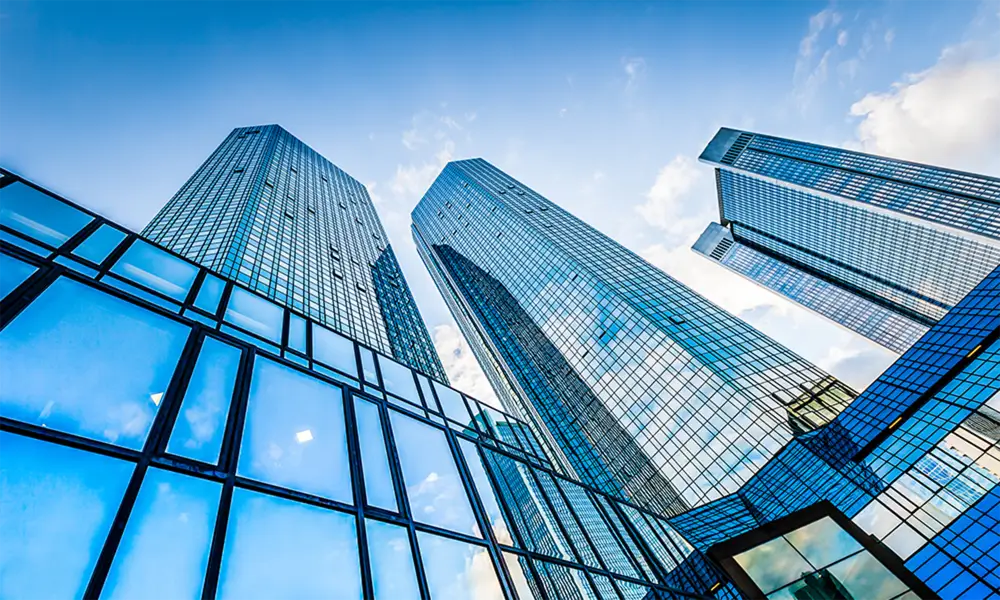

The Journey from Clarity to Frost The Allure of Frosted Glass
Glass has long been celebrated for its versatility and beauty, serving as a fundamental material in architecture, art, and everyday objects. Among the various forms glass can take, one of the most captivating transformations occurs when clear glass transitions to frosted glass. This metamorphosis not only enhances aesthetic appeal but also introduces a range of practical benefits, making it a favored choice for designers, architects, and homeowners alike.
At its core, frosted glass is achieved through a process that modifies the surface of clear glass to scatter light instead of allowing it to pass through in a direct beam. This effect can be attained by sandblasting, acid etching, or using various chemical treatments. The process produces a surface that appears milky or translucent, allowing light to filter gently while obscuring visibility. This transformation from transparency to translucency resonates deeply with themes of privacy, elegance, and sophistication.
The Journey from Clarity to Frost The Allure of Frosted Glass
Furthermore, frosted glass has the remarkable ability to diffuse light. This characteristic is particularly advantageous in areas where harsh sunlight can create glare or overly bright conditions. Dining rooms, living areas, and workspaces can all take advantage of frosted glass to create a soft, ambient lighting effect. The gentle scattering of light can enhance the mood of a room, making it feel more warm and inviting.

From an architectural perspective, frosted glass adds a layer of sophistication and modernity to building designs. The contrast between clear and frosted glass can create striking visual elements, emphasizing different areas of a structure. Architects often use frosted glass in facades and balconies to create a contemporary look while ensuring comfort for occupants. The dynamic interplay of light and shadow produced by frosted glass can significantly elevate the overall architectural vision.
Moreover, the functionality of frosted glass extends beyond mere aesthetics. It can also contribute to energy efficiency in buildings. By diffusing sunlight, frosted glass can help regulate indoor temperatures, reducing reliance on artificial lighting and climate control systems. This eco-friendly attribute resonates with the growing trend towards sustainable design and energy conservation.
In the world of interior design, frosted glass is increasingly integrated into furniture and decorative elements. From frosted cabinet doors to elegant light fixtures, the material's versatility allows it to adapt to various styles, from minimalist to opulent. The transition from clear to frosted glass can inspire creativity, prompting designers to experiment with different textures and patterns.
In conclusion, the transformation of clear glass to frosted glass is a symbol of modern elegance and practicality. It embodies a delicate balance between beauty and functionality, privacy and light. As our living and working environments continue to evolve, frosted glass will undoubtedly remain a cherished material, enriching our spaces with its unique characteristics and enhancing our overall quality of life. Whether in residential settings or public spaces, the journey from clarity to frost is not merely a change in appearance; it is an invitation to embrace a more nuanced and sophisticated way of experiencing light and space.